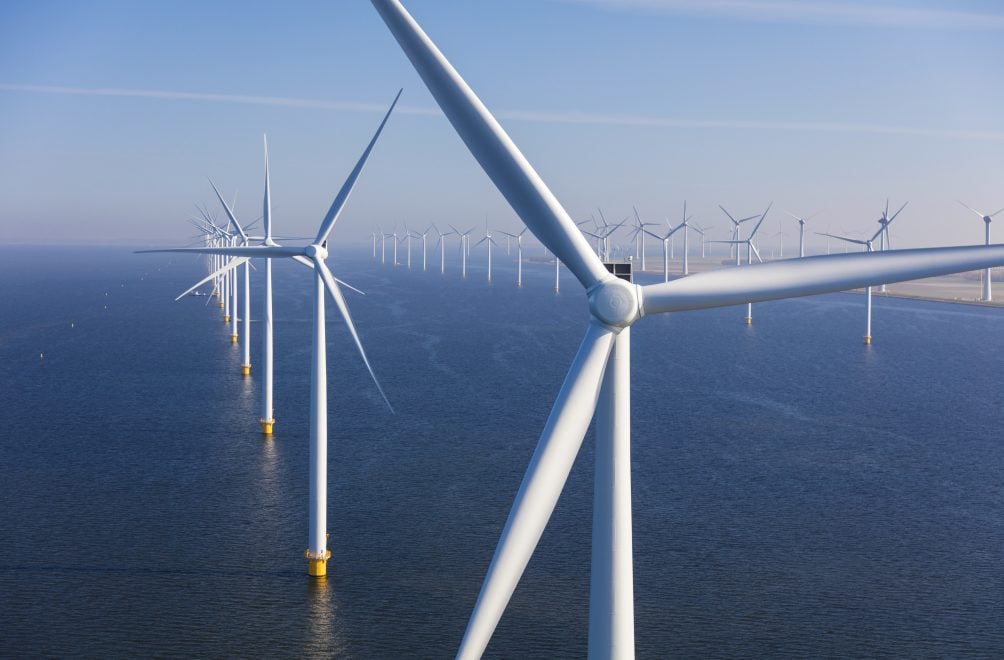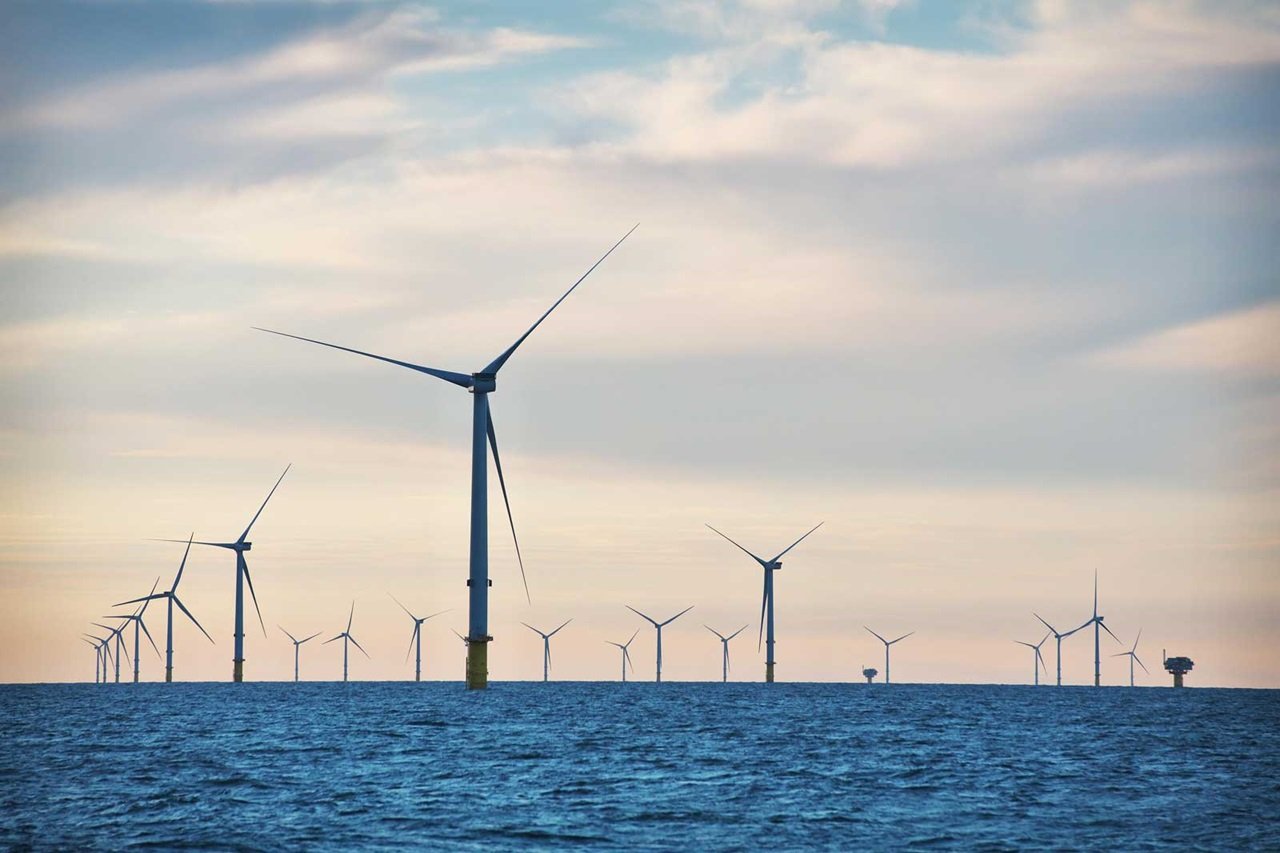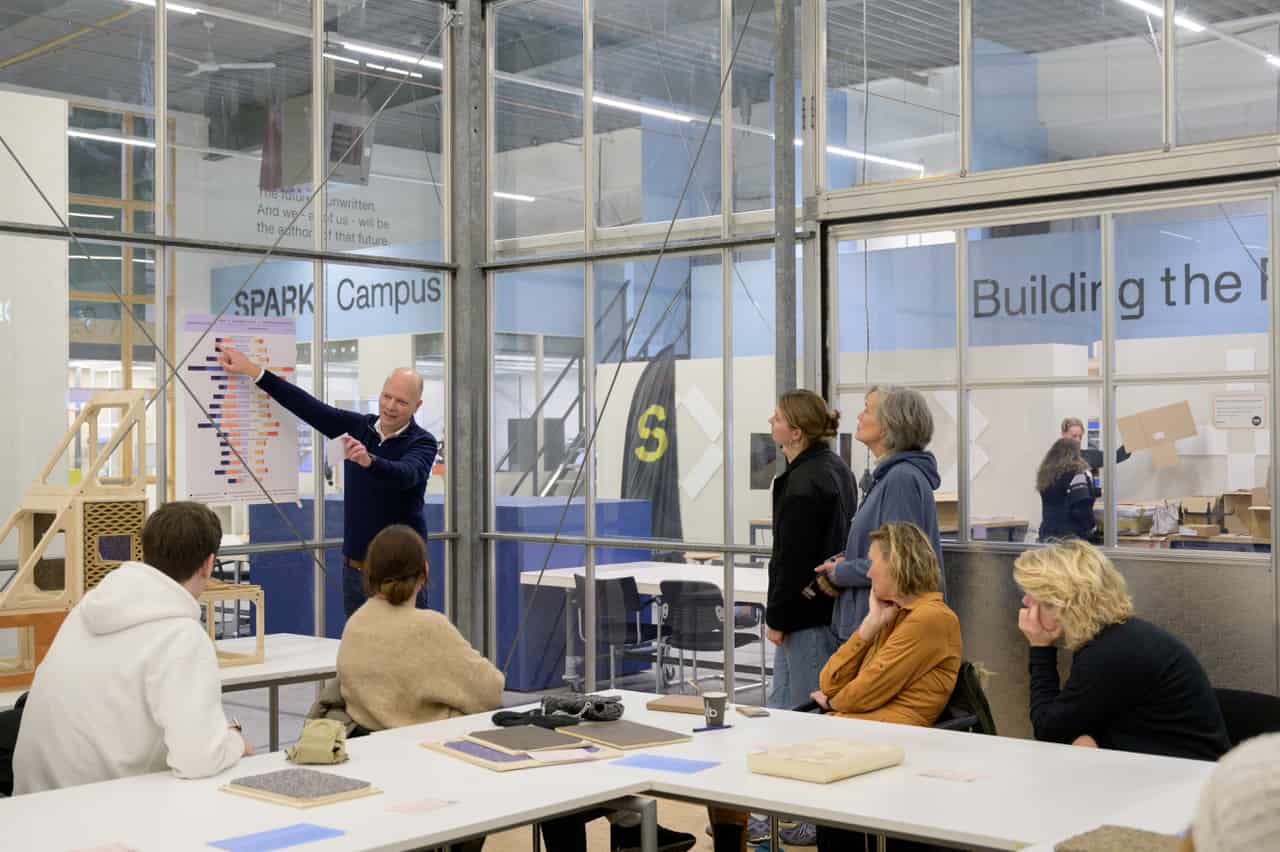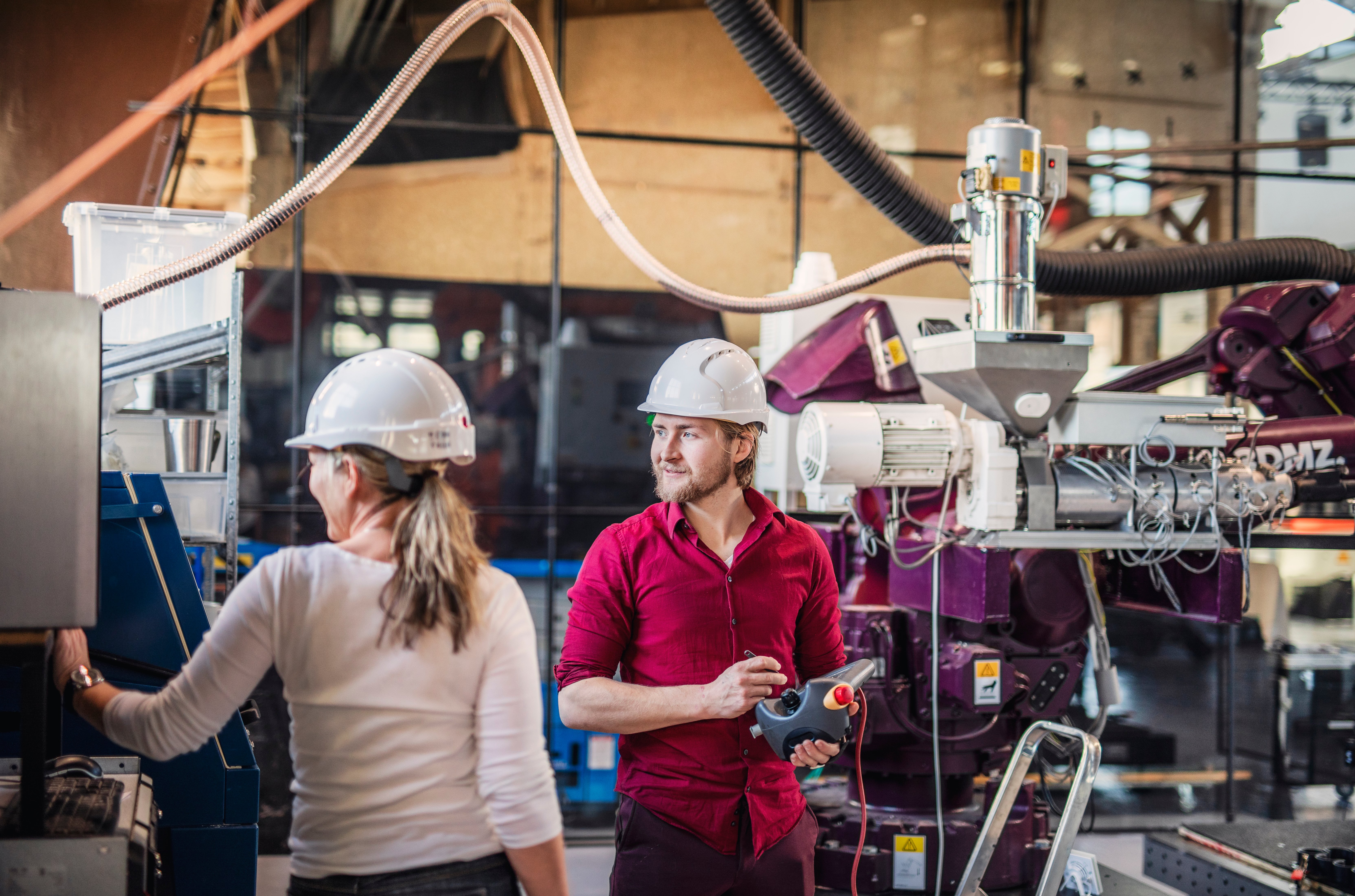
The whole world is already looking with great interest at the North Sea as the place where the energy transition is taking shape. For the time being, this is mainly because of the construction of wind farms, but attention is also focused on smart hubs at sea that can bring the energy produced in the right quantity, at the right time, and in the right form ashore.
Plans are appearing on the drawing boards for such things as islands and platforms where produced energy is bundled. In this way, power can come to land more efficiently in the future, either by cables (electricity) or by pipelines (as hydrogen). This can help to avoid overloading the power grid and provide renewable energy to the industry. To determine exactly what is needed, the Dutch research organization TNO and a number of partners investigated the feasibility of a multifunctional energy island in the North Sea: the IJvergas project.
IJvergas energy islands
The TKI project IJvergas investigated the feasibility of a multifunctional energy island in the ‘IJmuiden Ver’ wind area. The study mainly mapped out the technical-economic feasibility but also provided insight into aspects related to legislation and regulations, policy, ecology, international coordination, and aligning the interests of various stakeholders. The results show that from an economic perspective onshore and offshore hydrogen production do not differ significantly from each other, but further increases in scale and greater distance from the coast could change this picture in the years to come. Also, economic considerations are not the only ones for rolling out our future offshore energy system.
Islands or platforms?
Creating nodes at sea is important for the smart distribution of produced renewable energy to countries around the North Sea. This can be done by constructing energy islands. An alternative is to make use of (existing) large offshore platforms. The coming years are needed to gain knowledge and experience to see where and when these nodes at sea can be developed and what construction best suits our North Sea.
TNO is leading this offshore energy transition via the North Sea Energy program. It works together with some thirty internationally operating offshore companies, wind producers, oil and gas companies, grid managers, ports, and knowledge institutions. More and more international organizations and companies, such as Equinor from Norway and the Crown Estate from the UK, are joining in.
“An additional advantage is that part of the existing oil and gas infrastructure, think for example of the pipelines, can be reused for this,” says René Peters, hydrogen expert, and director of gas technology at TNO. “In the coming decades, that infrastructure will be freed up by the phasing out of fossil energy production at sea. Moreover, the electrolysis process for making hydrogen from seawater is expected to become a lot cheaper. Sometime in the years shortly after 2030, the lines will come together to realize sustainable energy hubs on the North Sea.”
European developments
Earlier this year, Denmark proudly announced elaborate plans for its own energy hubs at sea: a new island in the North Sea and an existing one (Bornholm) in the Baltic Sea. Germany has similar ideas for Helgoland, some 80 kilometers northwest of the mouth of the Elbe River. Scotland has its eyes on the Orkney Islands, while the English and Norwegians are also quite active in this respect. So it seems that the North Sea countries surrounding the Netherlands are making progress. But where does that leave the Netherlands?

The answer to that question is reassuring, says Peters. “The Netherlands is still in the lead in developing initiatives around the offshore energy transition. TNO has provided the impetus for this years ago and we also look with great expectations at developments elsewhere. After all, this will not only generate broad support and faster development, but also new opportunities for Dutch offshore companies.” It is precisely the parallel initiatives in different countries that bring the common goals closer, TNO expects. To have the greatest possible effect, various functions in both production and transport and use must be connected to each other. An efficient integration between the old systems (oil, gas) with the new (wind, solar, tidal and many more) is essential.
Hydrogen
Hydrogen will play a more important role in that story than the grid operators of Denmark, Germany and the Netherlands were aware of when their North Sea Wind Power Hub was constructed in 2016. At the time, the idea was still to distribute the generated energy from a single central point on the Dogger Bank with cables to the surrounding countries. Because of the long distance to the coast, this would have to be done with direct current instead of alternating current. This has everything to do with limiting energy loss during transport.
In order to explain why hydrogen is becoming increasingly important, Peters first gives an insight into the infrastructure that is required to meet our energy needs: “The wind farms that have already been constructed by the North Sea countries are generally located fairly close to the coast. This means that they are usually connected with alternating current cables to the country that built them. But as wind farms are built further and further from the coast, the infrastructure becomes more complicated and expensive. The alternating current must then be converted to direct current via conversion stations, in order to reduce energy loss in transit.”
Storage methods

But cables remain expensive, and energy loss along the way can never be completely erased. “Unless you opt for transport via molecules instead of electrons: for hydrogen instead of electricity, that is.” But hydrogen, isn’t that also a storage method where a lot of energy is lost anyway? “That’s right,” says Peters. “Some 30% of the energy value disappears in the electrolysis process, but the gain is elsewhere. After all, to decarbonize the process industry, hydrogen is essential anyway. The process of electrolysis required for this currently takes place on land. If this could be done on the energy islands in the middle of the North Sea, the cables for direct or alternating current would become superfluous. And the alternative is already on the seabed: these are the pipelines currently in service for the transport of oil and gas. They lie, for example, between the oil platforms and Den Helder and Uithuizen.”
The more gigawatts, the more interesting the hydrogen option becomes. For the current wind farms, with up to 1 gigawatt per farm, the power cables are still usable, especially since these farms are relatively close to the coast. But for the planned parks, much further from the coast and with a capacity of more than 5 or even 10 gigawatts, the situation is different. Peters: “The costs could then suddenly drop by a factor of 10. Then not only is electrolysis on the energy island suddenly the best conceivable solution, but various other functions also come within reach – certainly if the planning can take place in consultation with the other North Sea countries. Think, for example, of production plants for ammonia or energy-guzzling data centers: the more functions and the better the interconnectivity is arranged, the sooner the investments will be recouped.”
PosHYdon

TNO and Nexstep are preparing an initial pilot project with PosHYdon. On a drilling platform off the coast near The Hague, an electrolysis setup will be placed that will use seawater and wind energy to produce hydrogen that will be transported to land via existing gas pipelines. But that is not the only initiative that will enable us to prepare for this new situation in the time between now and 2030. Pilot projects are badly needed because there are still many barriers to overcome. These are, for example, in the area of regulations (who will own such an island, under what administrative authority?), financing (the government will have to be a stakeholder anyway, but what role will private parties play?) and ecology (artificial islands disrupt nature, both positively and negatively, the consequences of which must be properly assessed).
This is how hydrogen and natural gas are transported through just one pipeline
The fact that by 2030 traditional fossil energy sources will have been phased out to the point where existing pipelines are indeed available is a nice bonus, concludes Peters. “Moreover, by then the electrolysis process will have become a lot cheaper.” And so, sometime in the years shortly after 2030, all the lines will come together nicely in the energy islands on which TNO, dozens of commercial partners, and all those other parties in the North Sea countries have already fully focused their attention.
Also read: Denmark is building the world’s largest wind energy island








